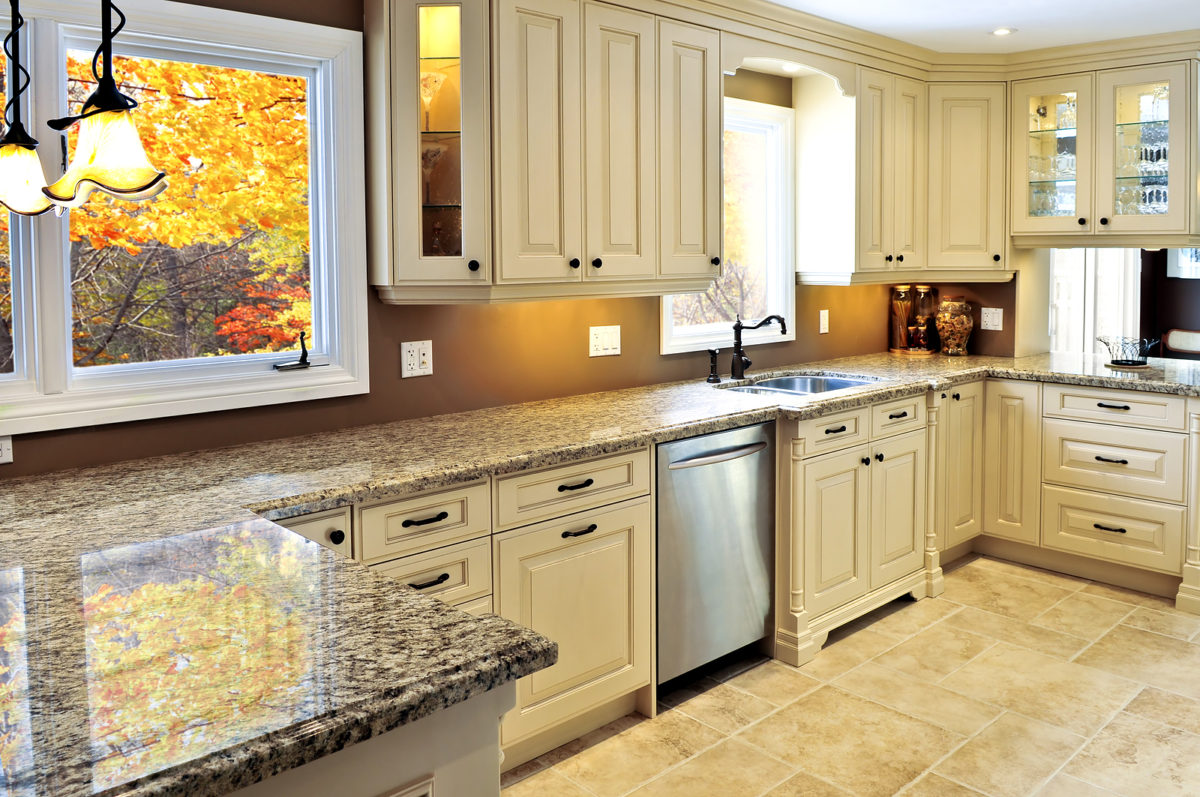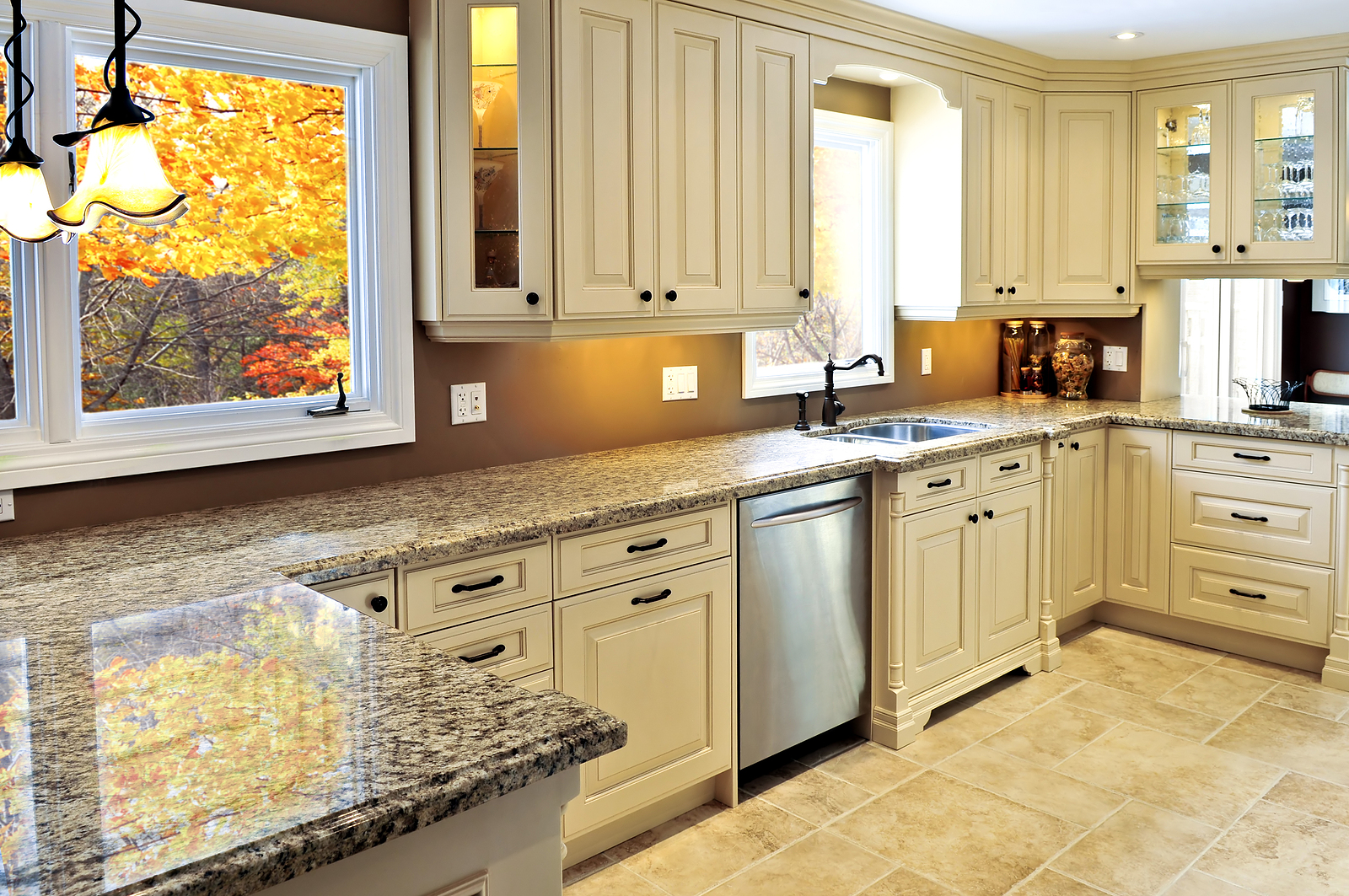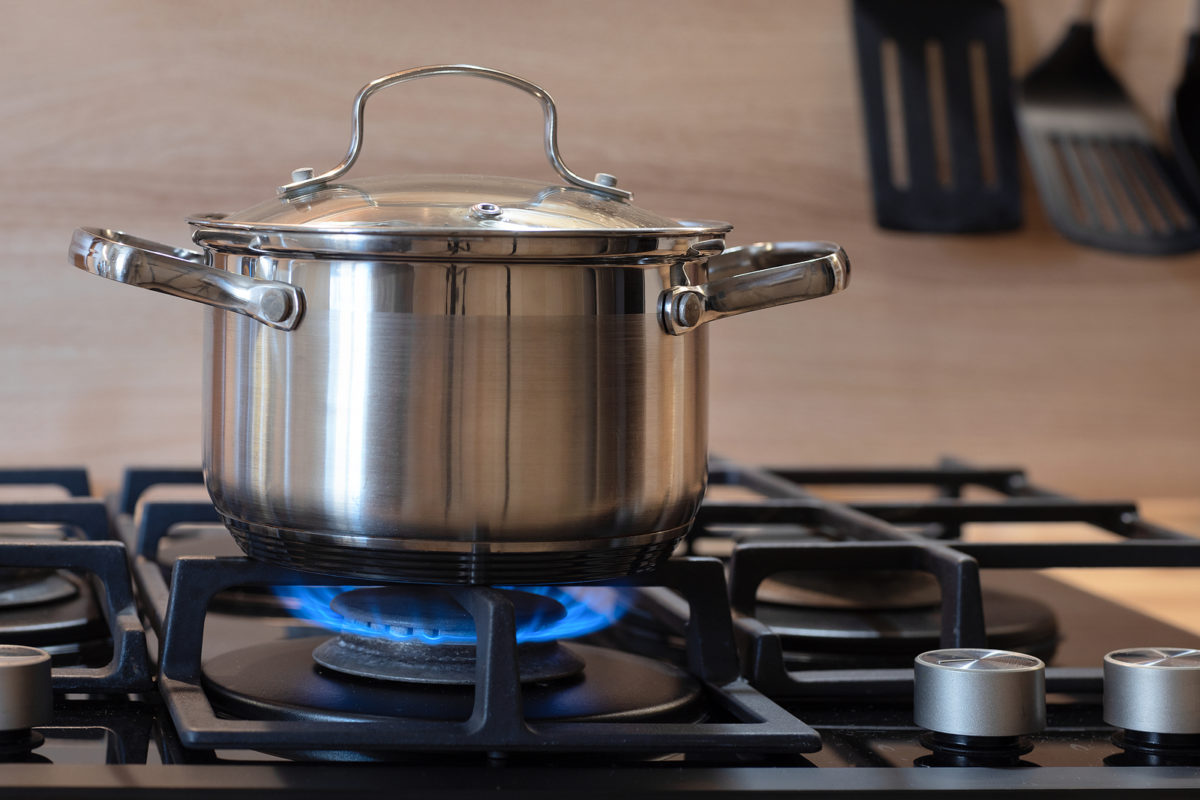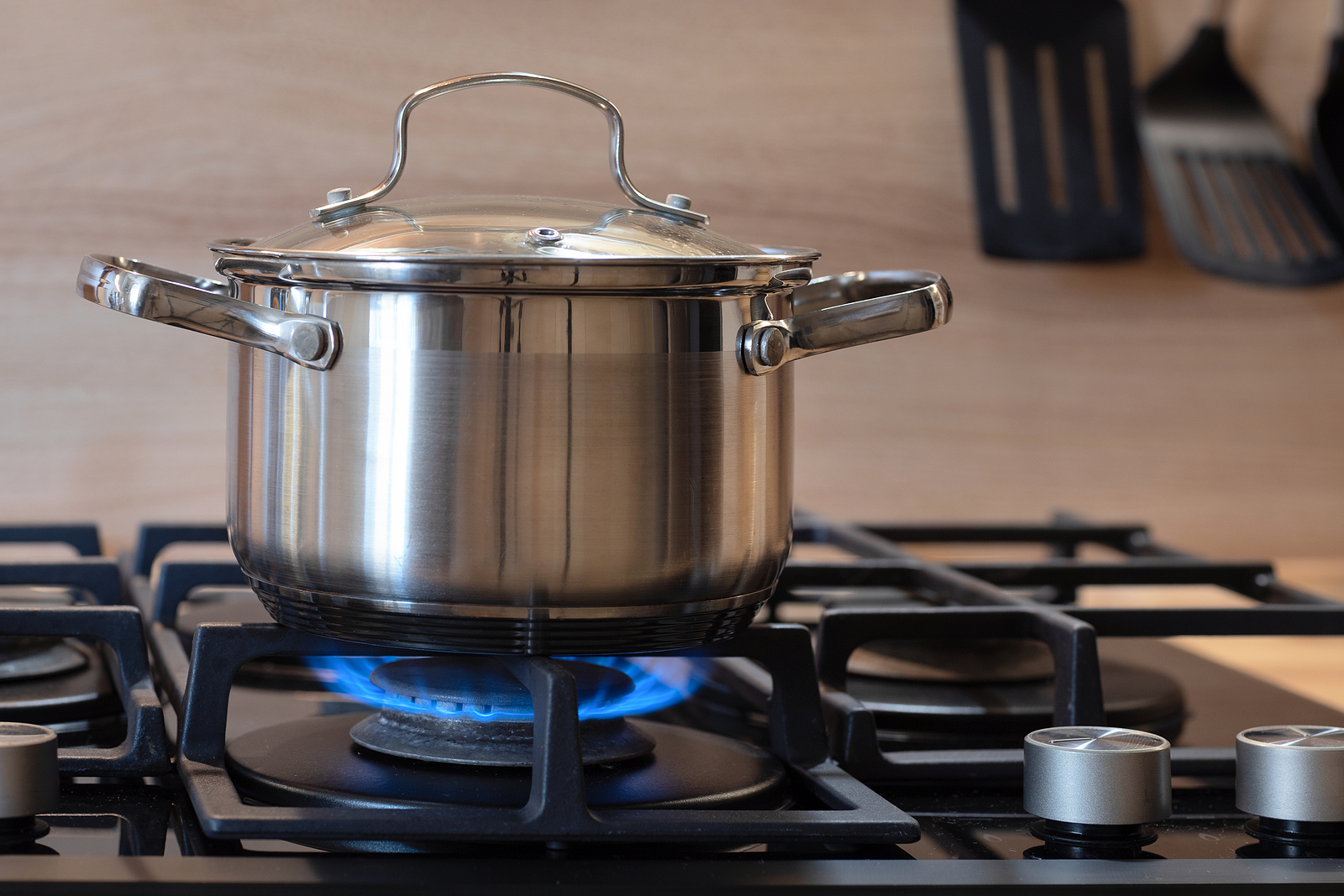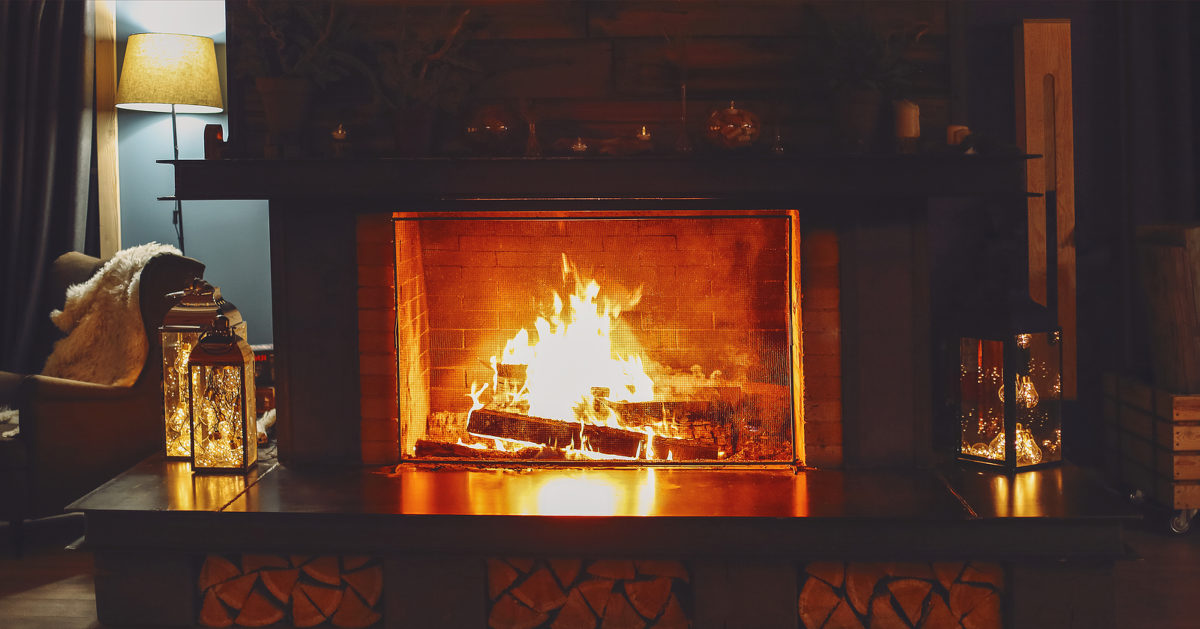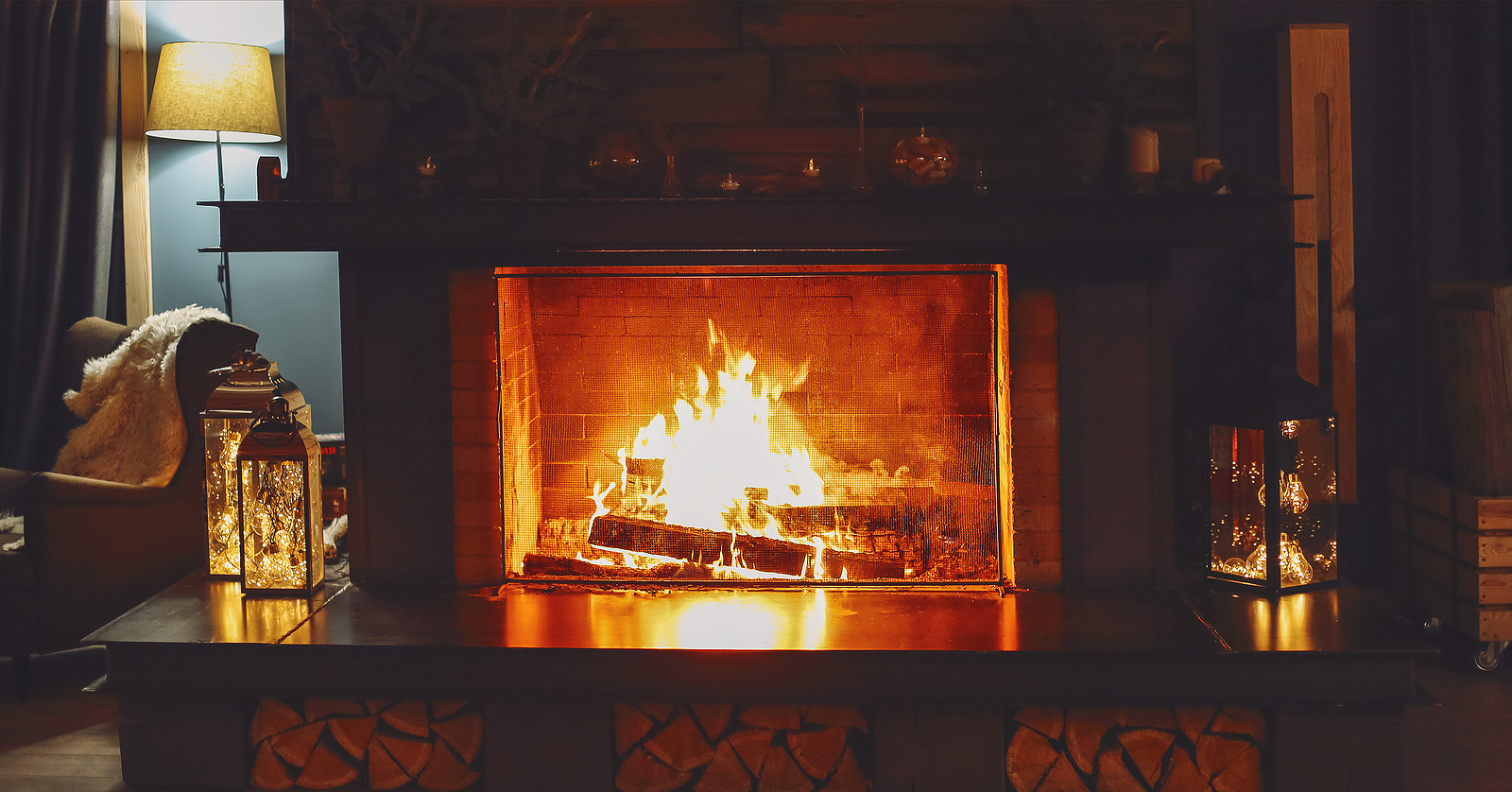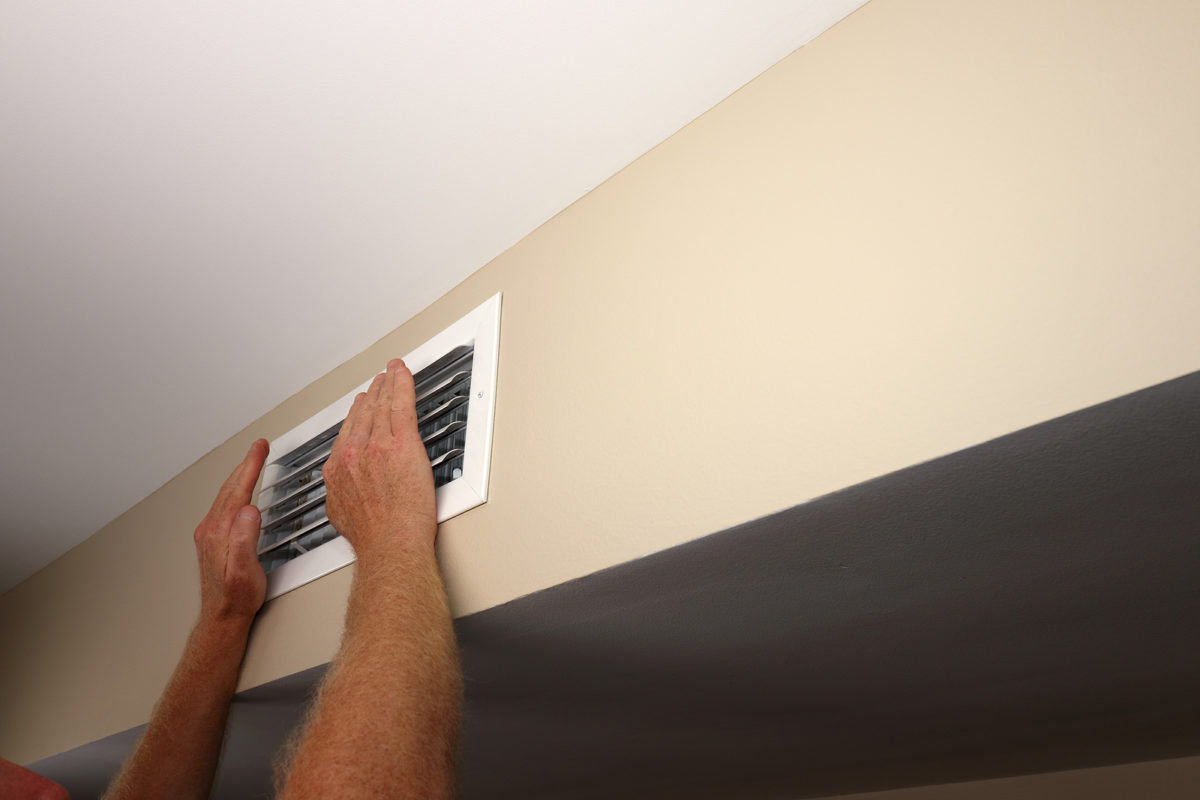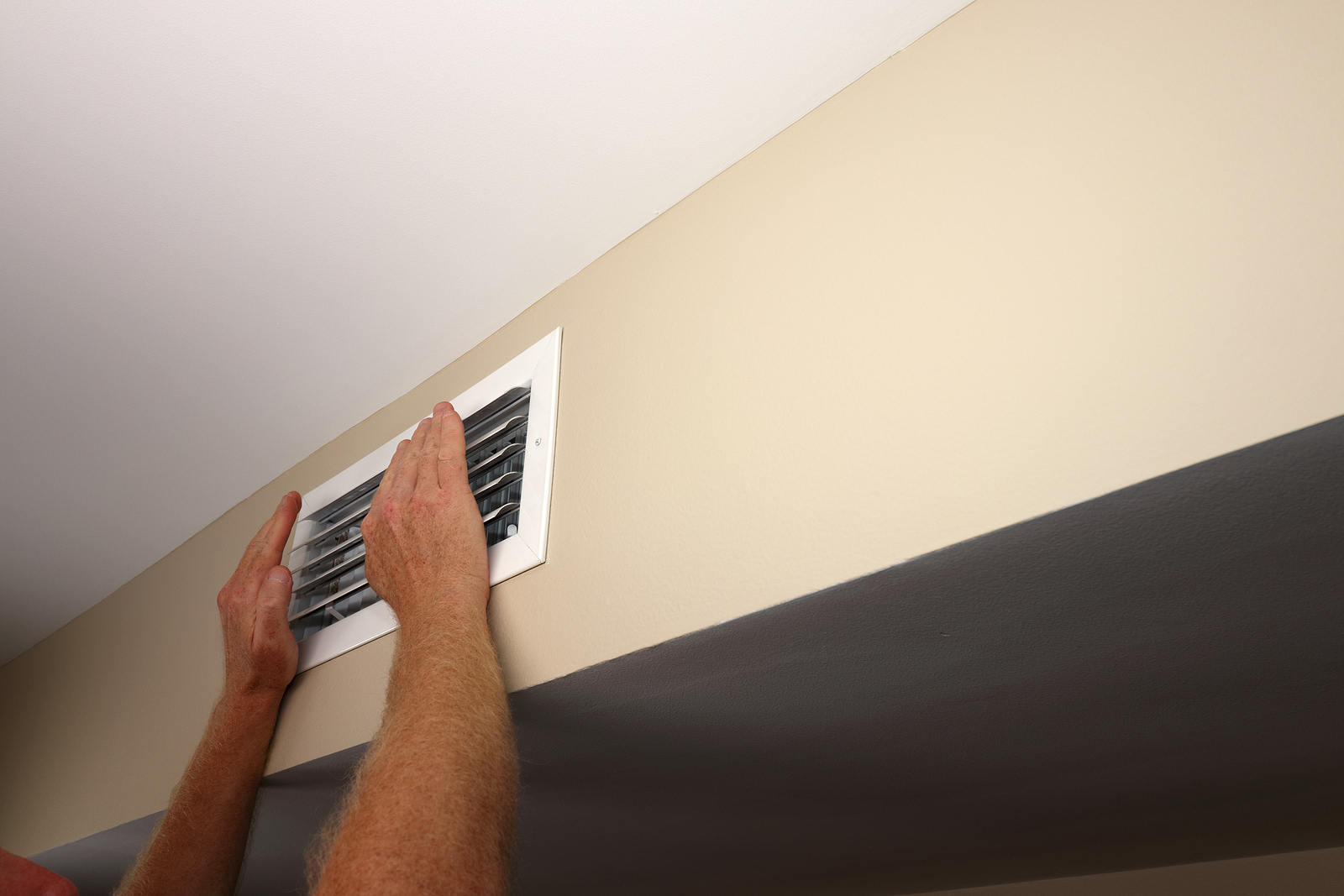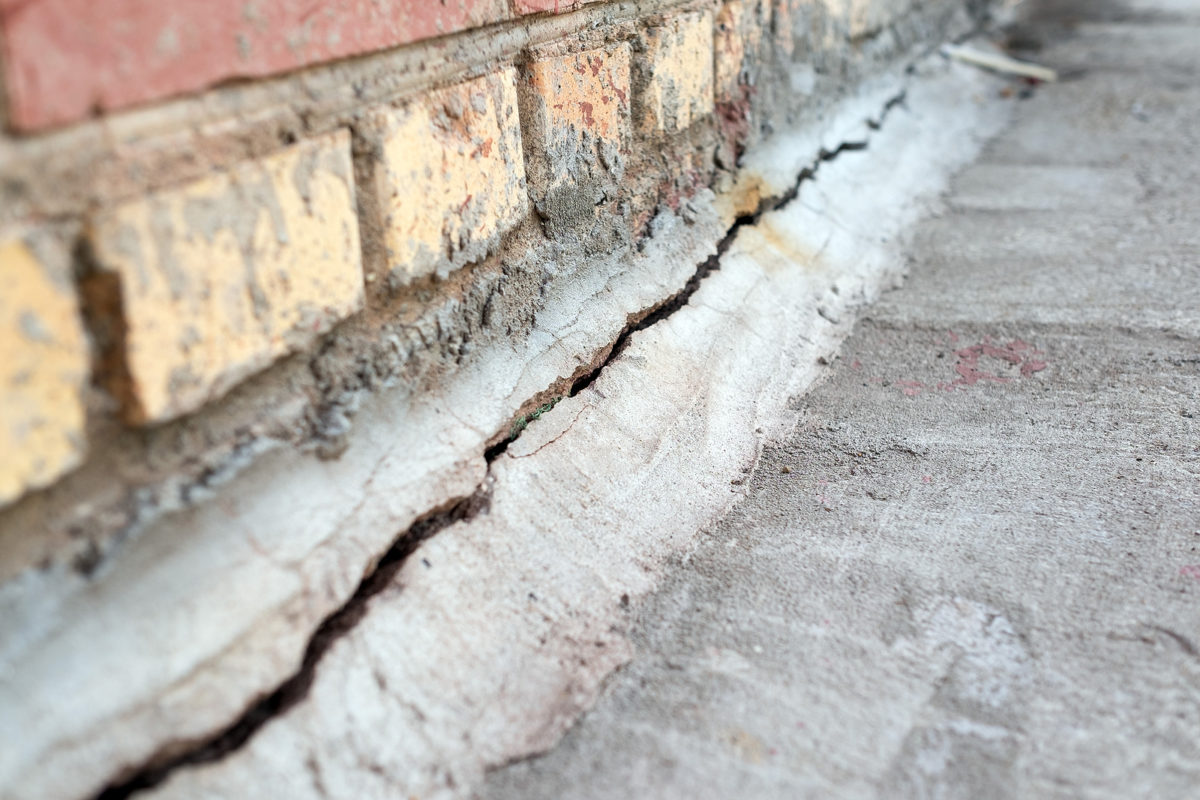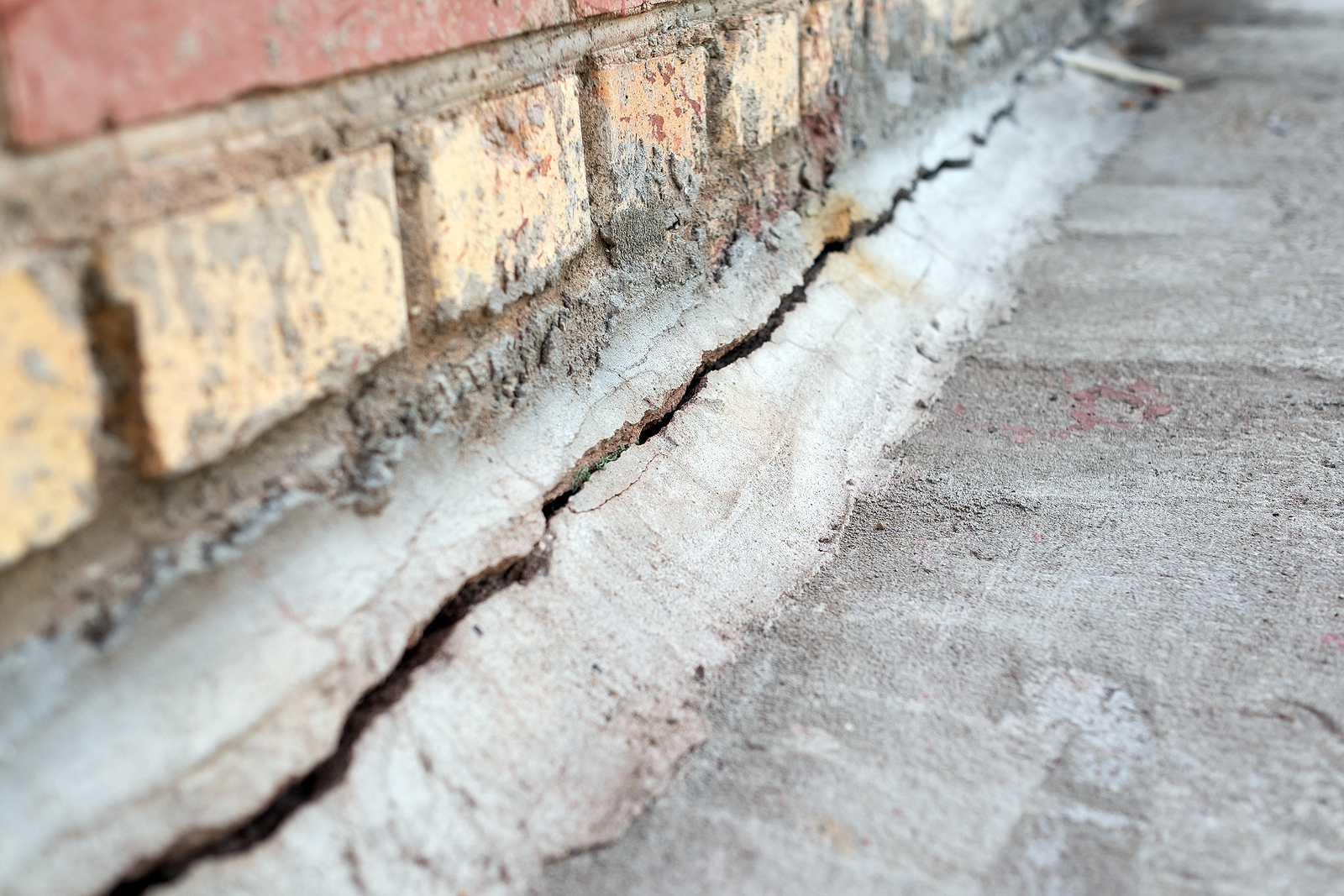Thinking of upgrading the kitchen countertops in your home? While granite is still quite popular, several other surfaces are gaining on it.
If you’re tired of the ubiquitous granite countertop, read on to learn about some stunning alternatives.
Quartz
The most popular countertop material going into 2023 is quartz. Not only is it in-demand, but it also performs the best, according to tests performed by Consumer Reports.
Many designers have been hailing quartz as the new granite for countertops. It’s attractive, durable and easy to maintain. No sealing is required and it comes in a variety of colors. And, it provides a glossy finish, which many homeowners find attractive.
Because these countertops aren’t made of natural stone, they don’t have the porosity of natural stone counters, lending them an antimicrobial feature. The downside to quartz countertops is that they are sensitive to heat.
The cost? “$50 to $200 per square foot to install and about $125 per square foot on average,” according to the experts at AlphaStoneUSA.com.
Quartzite
Prefer natural stone? Consider quartzite, which is all natural. It does, however, have its drawbacks:
- You will need to seal it annually.
- It cannot be customized, “. . . which limits design and color options,” advises the pros at Alpha Stone.
- It costs more to install.
- Scratches easily
The advantages of quartzite countertops include:
- They are environmentally friendly
- UV resistant
- Heat resistant
Caesarstone
While Caesarstone has been around for some time, it’s experiencing a bit of a surge in popularity. A manufactured countertop, Caesarstone typically contains around 90 to 94 percent quartz and the rest is polymer resins and other additives for color.
Again, because it’s not a natural stone countertop, it doesn’t require sealing and maintaining it is easier than maintaining a natural stone countertop.
Finally, you’ll find Caesarstone in a variety of designs, many mimicking other surfaces, such as marble.
Concrete
No, concrete countertops don’t look like the stuff you walk on outdoors. In fact, manufacturing is so versatile that you’ll find designs to fit kitchens from rustic to modern.
And, no, they aren’t a green alternative. Creating concrete countertops is energy intensive, but that hasn’t seemed to cause a reduction in the material’s popularity.
Disadvantages of concrete countertops include:
- They are quite costly.
- Concrete countertops need to be sealed once a year and waxed twice a year to keep up their durability.
- These countertops are prone to staining and chipping.
Learn more about concrete countertops online at the Concrete Countertop Institute’s website.
Bamboo
Bamboo countertops are ideal for those seeking a “green” alternative to manufactured countertops. Bamboo is not only a renewable resource, but it is completely formaldehyde-free. Best of all, bamboo is tough – stronger than steel, as a matter of fact.
Here are some additional reasons to consider bamboo countertops:
- They are mold and mildew resistant.
- Bamboo contains anti-bacterial properties
- Bamboo countertops are durable.
Yes, there are some drawbacks to bamboo countertops:
- Bamboo countertops are not heat, stain and moisture resistant.
- You’ll need maintain the sealant.
- Bamboo is not scratch or chip resistant.
You’ll need to reapply the mineral oil or beeswax finish more frequently than you would reseal other countertops, however. Learn more about bamboo countertops online, here.
Soapstone
If your aim is for a low-maintenance-yet-attractive countertop consider soapstone. A natural stone material, it is non-porous and heat-resistant, according to Janet Hall at remodelista.com.
Soapstone is less brittle than granite, “… so it won’t crack unexpectedly from stress or weight,” according to the editors at CountertopGuides.com. Other advantages of soapstone countertops include:
- No sealing required.
- Less likely to absorb materials that stain slate, granite and sandstone.
- Naturally resists bacteria.
Learn more about soapstone countertops online at Forbes.com.
